
Learn how much plumbers cost in Columbus, Ohio. Discover pricing for faucet repairs, pipe work, and emergency services, plus how you can save money.
Find your flow with these bathroom faucet ideas


Hire a local faucet repair pro to install wall-mounted faucets properly—misaligned piping or drains can cause leaks and damage that's expensive to fix later.
Single-handle faucets are the most affordable and easiest to install yourself, while waterfall and wall-mounted styles cost more and need professional installation.
Bridge faucets work well for deep sinks and utility bathrooms where you need height clearance, but they often look out of place in small powder rooms.
Spread-fit faucets are the most popular choice for family bathrooms because separate hot and cold handles reduce scalding risks for children.
Wall-mounted faucets let you swap out sink basins easily without worrying about mounting holes, which makes them a great choice if you like changing your bathroom's look.
Nothing helps you get a handle on a bathroom renovation quite like picking out the perfect faucet. A bathroom faucet must be stylish, practical, and able to stand up to the wear and tear of daily use. Today's homeowners can select everything from utilitarian designs to fountain-inspired creations. In this guide, we're leaking the details on the best types of bathroom faucets.

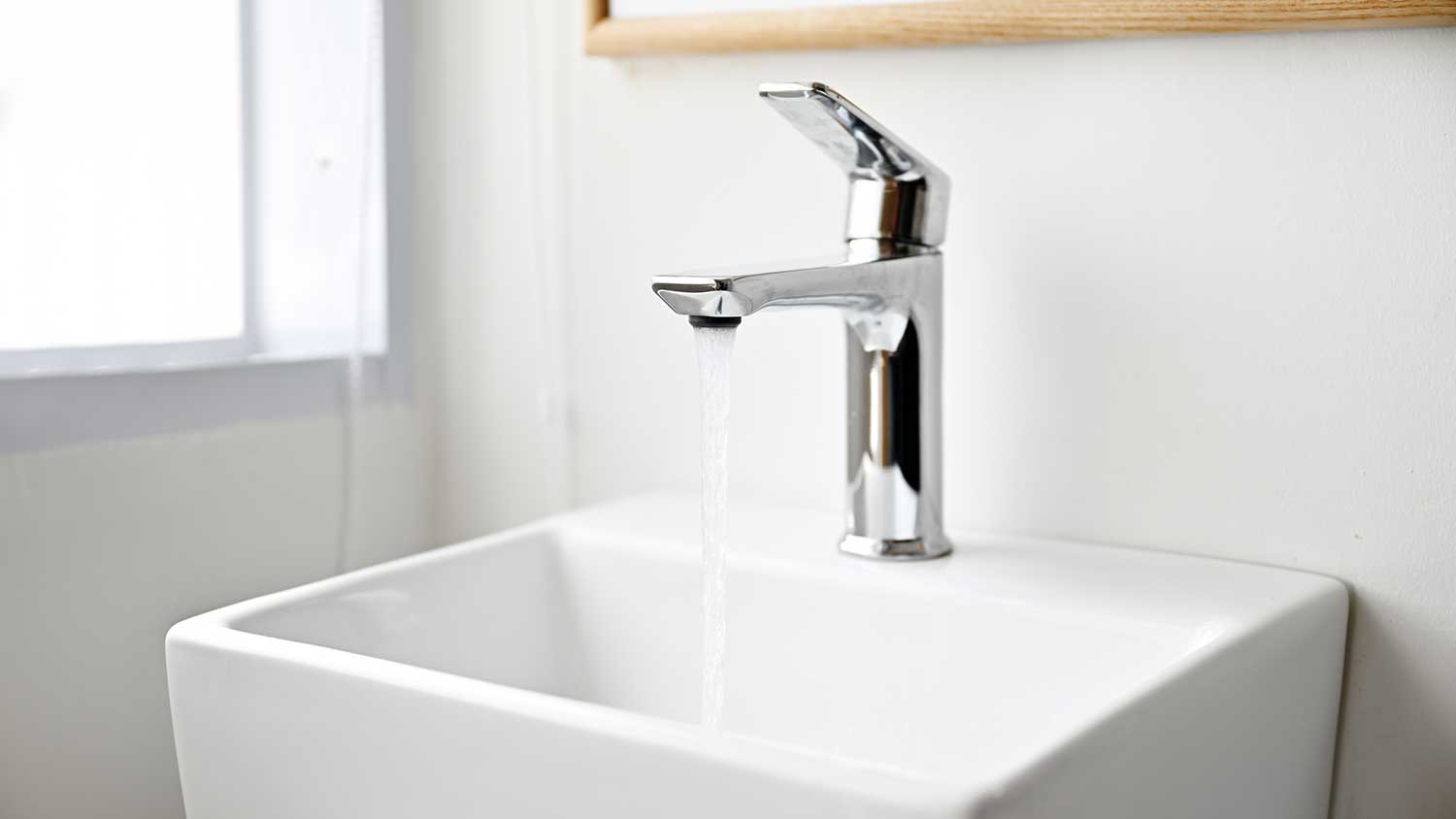
This first pick is as basic as it gets. As the name suggests, a single-handle faucet features a centered handle that can be adjusted left or right to activate hot or cold water. Pressure is adjusted based on how much you lift the lever. The bonus with a single-handle faucet is that it's an easy choice for a DIY faucet installation. It's also one of the best types of bathroom faucets to pick when space is tight around the sink. While this one won't necessarily dazzle anyone with its design, this budget-friendly, hassle-free faucet style gets the job done when you just need to fix a leaky faucet or upgrade your bathroom faucet quickly.
If you observe a leak in your home, do not procrastinate getting it fixed. This can help prevent future plumbing emergencies and water damage to your home while saving a significant amount of money in wasted water.
| Pros | Cons |
|---|---|
| Saves space on small vanities | Very basic design |
| Easy installation | May be hard for some people to adjust temperature |
| Affordable | Can be difficult to install if the original faucet was a dual-handle |
Best for: Basic bathrooms or homeowners who need a hassle-free faucet

You've probably seen this faucet a million times without knowing the style had a name. A spread-fit faucet features a main faucet with two handles for hot and cold water that appear to be "separate." In reality, these pieces are connected below the sink deck or countertop. Most people find that the slight price upgrade for a spread-fit faucet is completely worth the boost in style and value this pick brings to a bathroom. In addition, you'll lower your risk of accidentally scalding your hands because the two handles that control water temperature are located on opposite sides of the sink. This little detail makes the spread-fit faucet an excellent choice for households with young children.
| Pros | Cons |
|---|---|
| Luxurious look | Can be more expensive than other types of faucets |
| Good for children | May not fit small vanities |
| Wide range of styles to choose from | More difficult to install than single-handle faucets |
Best for: Homeowners who want a luxurious bathroom feel

A centerset faucet is essentially the halfway point in both style and price between the single-handle faucet and spread-fit faucet. This extremely common style features a faucet body that's accompanied by handles or knobs on either side. What makes this style like the single-handle faucet is that the entire faucet is visible as a single unit. What makes it like the spread-fit faucet is that it has district knobs and handles that are separated for controlling hot and cold output.
| Pros | Cons |
|---|---|
| Fits well on small vanities | Difficult to clean |
| Easy installation | May be too small for a large vanity |
| Separate handles for hot and cold | Set spacing with no opportunity to customize |
Best for: Homeowners who want a middle ground between a single-handle and spread-fit faucet
The bridge faucet can be used to give your bathroom an industrial, somewhat utilitarian look. This is an especially good pick if you're selecting a deep sink that you plan to use for washing laundry by hand or soaking household items. A person who needs a heavy-duty sink that can be used to wash off dirt or grease from the workday should also consider this model. In fact, bridge faucets are commonly found in commercial settings. That doesn't mean that you can't bring one into your bathroom or laundry room with the right layout and design.
The design of the bridge faucet consists of a main faucet that has knobs or handles that control temperature and water pressure on either side. The neck of the bridge faucet is typically much higher compared to a standard bathroom faucet. If you're selecting a deep sink, you'll be able to fit a bucket under the faucet. Unlike faucets that conceal the connection between the different parts of the faucet, the full bridge body is visible. This is where that industrial, pipe-like look comes into play. Bridge faucets often come with pull-away sprayer heads that allow you to control where water is being sprayed. This feature makes a bridge bathroom faucet very similar to a long-neck kitchen faucet.
| Pros | Cons |
|---|---|
| Industrial look | Won’t suit all designs |
| A good fit for large sinks | Needs height clearance |
| Higher spout for more sink and countertop | Difficult to clean |
Best for: Bold bathrooms with space to support the larger faucet footprint
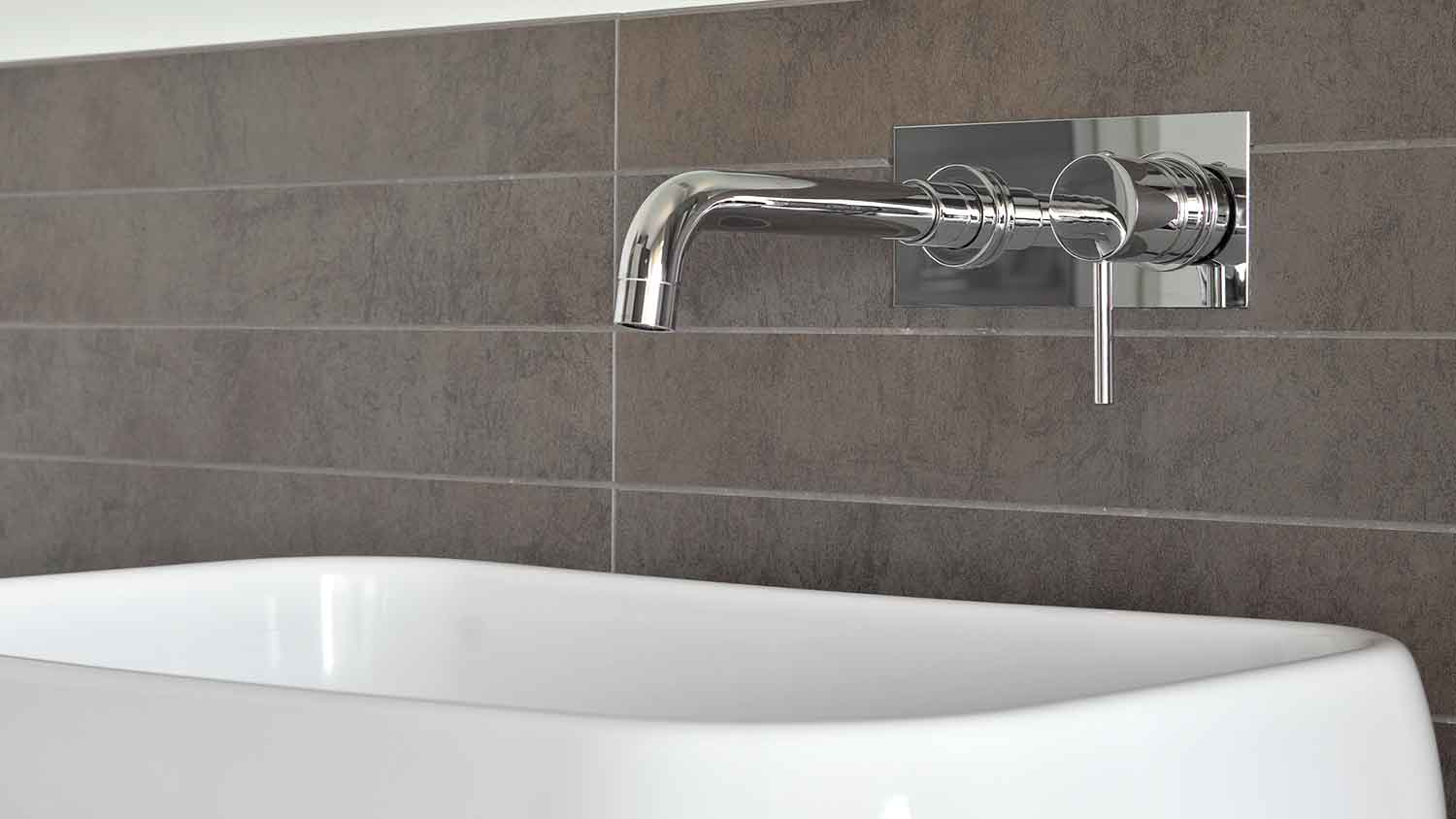
This list hasn't forgotten about you if you're looking for a high-end trend that is going to elevate your bathroom from "just a bathroom" to a statement. A wall-mounted faucet is a must-have design when designing a bathroom with a wall-mounted sink. This "floating" faucet creates a cool, crisp look. One neat feature of a wall-mounted faucet is that you can easily switch out your basin on a whim for a new one because you never have to worry about mounting holes lining up properly with the body of your basin. Just be sure to carefully measure your sink to ensure that you're selecting a faucet that will distribute water into the center of the basin. When bringing prestige to your bathroom using a wall-mounted faucet, it's essential that you verify that the piping and sink drain are properly aligned with help from a plumber or a local faucet repair pro.
| Pros | Cons |
|---|---|
| Easy to switch the sink basin | Difficult to install |
| Allows for more sink options | Hard to repair leaks |
| Customizable height | More expensive than other styles |
Best for: Homeowners with a larger budget to accommodate the installation

This is one of the best types of bathroom faucets when you're going for a high-end effect to set your home apart from the rest of the neighborhood. A sprinkle faucet creates an elegant, gentle waterfall effect that is soothing and relaxing. This effect is achieved using a rectangular grate that controls the shape and pace of water flow. The spout itself is usually a flat, rectangular shape. Some models even feature LED lighting. A sprinkle faucet can be a fun choice for a guest bathroom if you want to "show off." To get the best results from your pricey new faucet, have the plumber installing it show you how to remove the faucet aerator on this fancy design for proper cleaning.
| Pros | Cons |
|---|---|
| Spa-like luxury | Difficult to install |
| Customization options, like LED lighting | Expensive |
| Creates a soothing atmosphere | Lower pressure than other styles |
Best for: Guest bathrooms or high-end designs
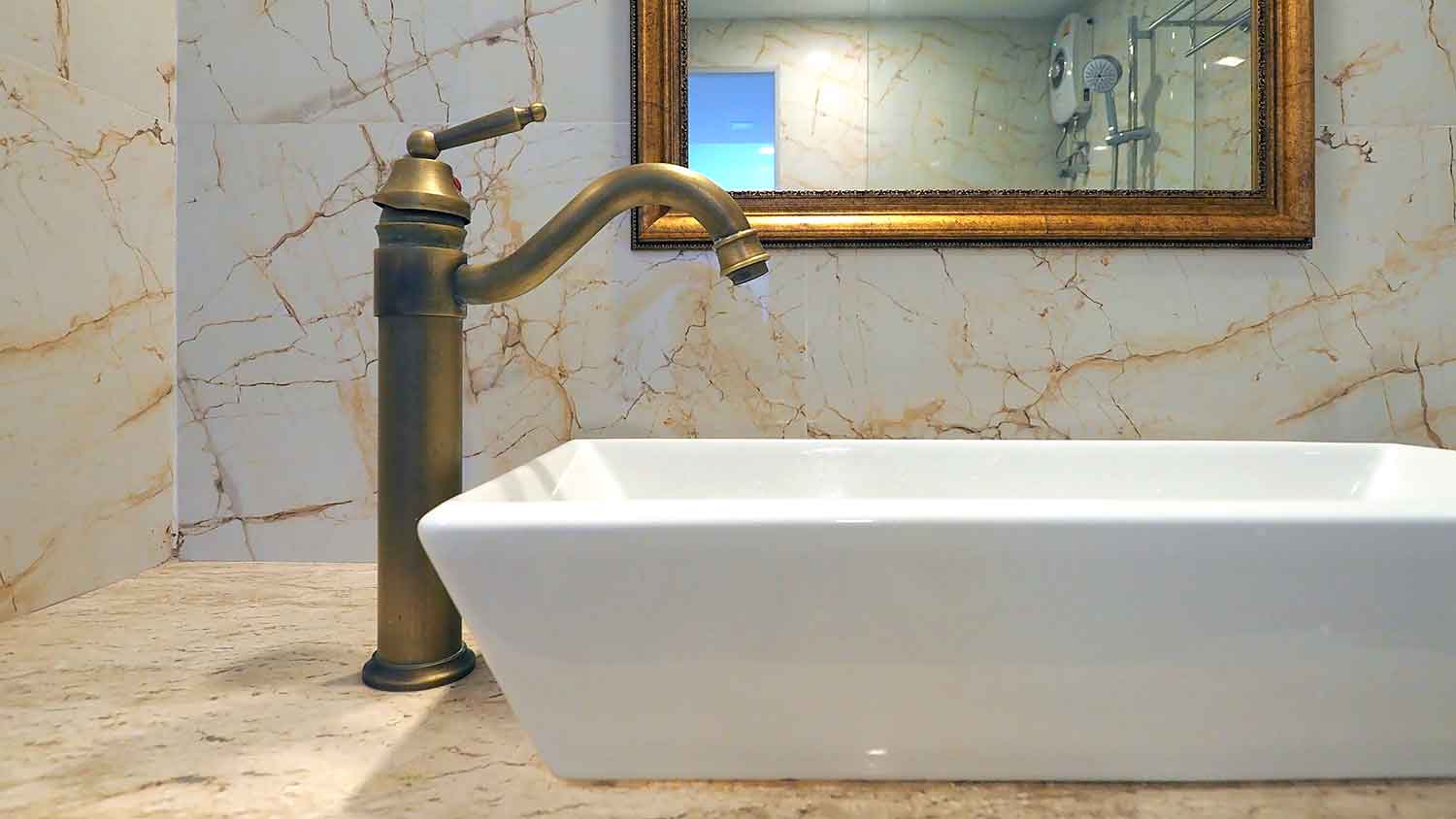
This category brings a homeowner to a pivotal decision point in the remodeling process. A deck-mount design refers to a faucet that mounts directly to your bathroom countertop. If you're purchasing a vanity, the top may already have standard holes for the faucet. If you're adding your own stone slab, you'll need to decide if you want to cut custom holes or leave the stone fully intact. The benefit of a deck-mount faucet is that this design has a custom, high-end look. While a deck-mount installation takes careful planning that encompasses sink selection, faucet selection, and vanity selection, it's considered the most common option.
| Pros | Cons |
|---|---|
| Custom look | Requires careful planning |
| A common option | May not work if the sink has holes for the faucet |
| Easy to install | Can be difficult to clean |
Best for: Homeowners who want a customized look
Choosing a bathroom faucet may seem stressful at first, because there are lots of options. Considering how long faucets last—often up to 20 years if properly maintained—it’s important to choose one that fits the sink and your budget. The following factors can help you narrow down your options:
The sink type will help you determine whether you need a sink-mounted, deck-mounted, or wall-mounted faucet. If you have a vessel sink, for example, then you’ll likely have to go with a deck or wall-mounted bathroom faucet. If the sink already has holes for the faucet, then that will dictate the type of faucet you can choose.
Some faucets lend themselves to a larger sink while others work best with a smaller sink. Bridge faucets, for instance, take up a lot of space and will overwhelm a small sink. On the other hand, centerset faucets may not be big enough to maintain a presence on a large vessel or trough sink. Considering the sink size can help you narrow down your choices.
Keep your budget in mind when choosing your bathroom faucet. Faucets typically cost between $170 and $360, but higher end models and finishes can raise the cost to $500 or more.
The installation type should also factor into choosing the best bathroom faucet. If you go with the same installation type as your current faucet, you can save some money on the total cost. But if you choose to change the mounting style, moving the faucet from the deck to the wall, for instance, you’ll add to the cost and the timeline.
Deciding between a single-handle, dual-handle, or centerset faucet is often the first step in choosing a faucet. Once you know how many handles you need or want, then you can decide on the type of handles. Some faucets offer a sleek, streamlined handle style while others are more intricate or traditional. If you choose a dual-handle faucet, you’ll have a few more choices. Dual-handle faucets can be bridge faucets or have wide-set handles, and it really comes down to what style fits the bathroom the best.
In addition to the number of handles and the style, consider the available options for controlling your bathroom faucet. For example, some users with disabilities and older adults find it easier to turn specific types of faucet handles on and off than others.
Lever handles are a common option for faucets because of their sleek look. These are easy to use, but knobs and cross handles (in an X-shape) are easier to grip and turn.
Joystick handles move in different directions and provide control of the water flow. Other options include touchless faucets that don’t require touching a handle or push-button faucets, which allow you to turn the water on and off with the touch of a button.
When choosing between options, weigh the pros and cons with the needs of those in the home in mind.
There are lots of faucet finish pros and cons to consider before you choose one. But thinking of the finish and the faucet at the same time while also considering the bathroom’s aesthetic can help you choose a finish that compliments the faucet and vice versa. While some faucet styles will work well in brushed nickels or brass, others will look best in matte black. Narrowing down the finish you want can also help you choose the faucet.
If you think faucets stop at running water, you may be surprised to learn that they come with a range of features that can impact their functionality and cost. Beyond style and color, other features include a pull-down spray nozzle, touchless operation, LED lights, valve type, and pre-set temperature settings.
Finished Basements Plus was wonderful from beginning to end! First, they came out quickly for an estimate. I had 4 estimates and theirs was by far the best. (2 of the estimates were more than $20K higher than for the exact same work). Beyond their fair pricing, the work was excellent. They...
If you want to pay the most exorbitant prices possible for your job, this is the company for you. “By the job” pricing is a rip-off, at least how these people use it. Every job is plugged into a category and prices are set by category. You might have a job that takes half an hour or one that...
Matt is a consummate professional. The work turned out to be far more difficult than expected and rather than turn the job down, Matt rose to the occasion and completed a near impossible task. I can not recommend Greene's Plumbing Service more highly. On a scale of 1-5 I would give Matt a...
I had Ace Fireplace Services install custom chimney caps for my home, and the results are stunning. They fit like a glove and have added a touch of sophistication to my chimney. I can't recommend their services enough.
Very professional and efficient with work. Answered each question I had with great knowledge and an informative response. Will be working with them again.
Window Depot did an amazing job on my deck. I wasnt sure what I wanted to do, but their composite decking was affordable and will last a long time. I am excited to have family over, and I am no longer embarrassed by my backyard. Jeff and the ground crew were polite, respectful, and caring for...
We used Unique Hardwood Floor LLC three years ago to work on the floors of a 70 year old home that needed a great deal of work. Some floors needed repairs, some were replaced and others just needed to be refinished. It was a complicated job as they needed to blend the old and the new to...
Involved an extensive bathroom remodel, including removing tub & installing walk in shower, new drywall, custome tile work to ceiling, plumbing, etc. Overall, job was done on time and on budget. Nick & his team were very professional and had high attention to detail. Quality was great. Highly...
Phil and Mickey were awesome! They worked as a team and were persistent as they problem-solved my septic system issue. They were very friendly and listened as I explained the steps I had taken prior to their arrival. I called three other plumbing services with no response. Peter's answered...
We ended up with a new hot water heater we probably didn't need; however, they had a good plumber and he found and fixed the blockage, and did a decent job putting in the hot water heater. The person they sent first, "the tech" was more of a car salesman much more interested in selling all...
From average costs to expert advice, get all the answers you need to get your job done.

Learn how much plumbers cost in Columbus, Ohio. Discover pricing for faucet repairs, pipe work, and emergency services, plus how you can save money.
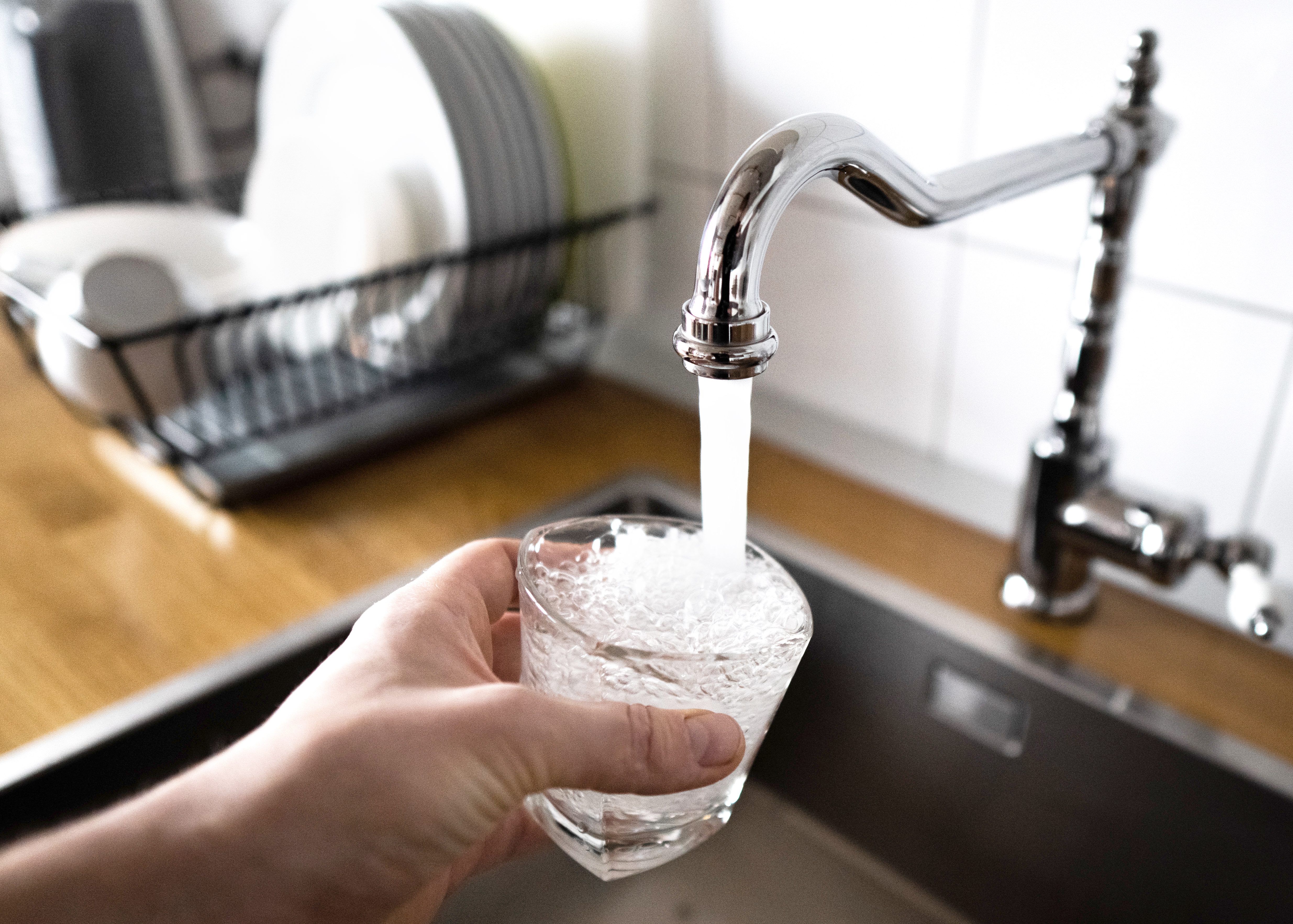
Learn about main water line repair costs in Columbus and what affects pricing to be prepared before you start getting estimates.

Discover the leading factors affecting your main water line replacement cost in Columbus, including length, material selection, and installation details.
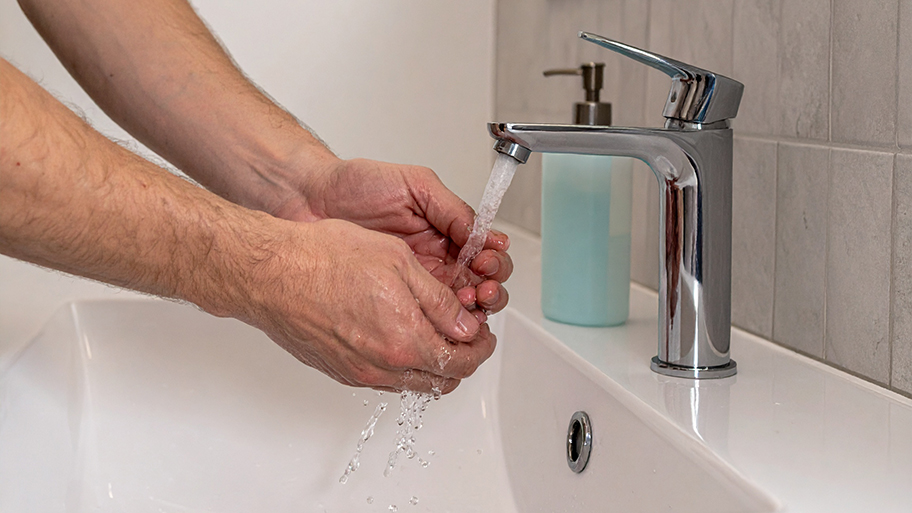
Replacing or upgrading plumbing in your home? Make sure you know how to measure pipe size accurately to avoid buying the wrong materials.

Is the water pressure in your shower lacking? Here are common solutions to increase it so you can enjoy your showers again.

Follow this guide to learn how to install a kitchen sink drain, from shutting off the water supply to lowering the drain outlet and connecting the P-trap.